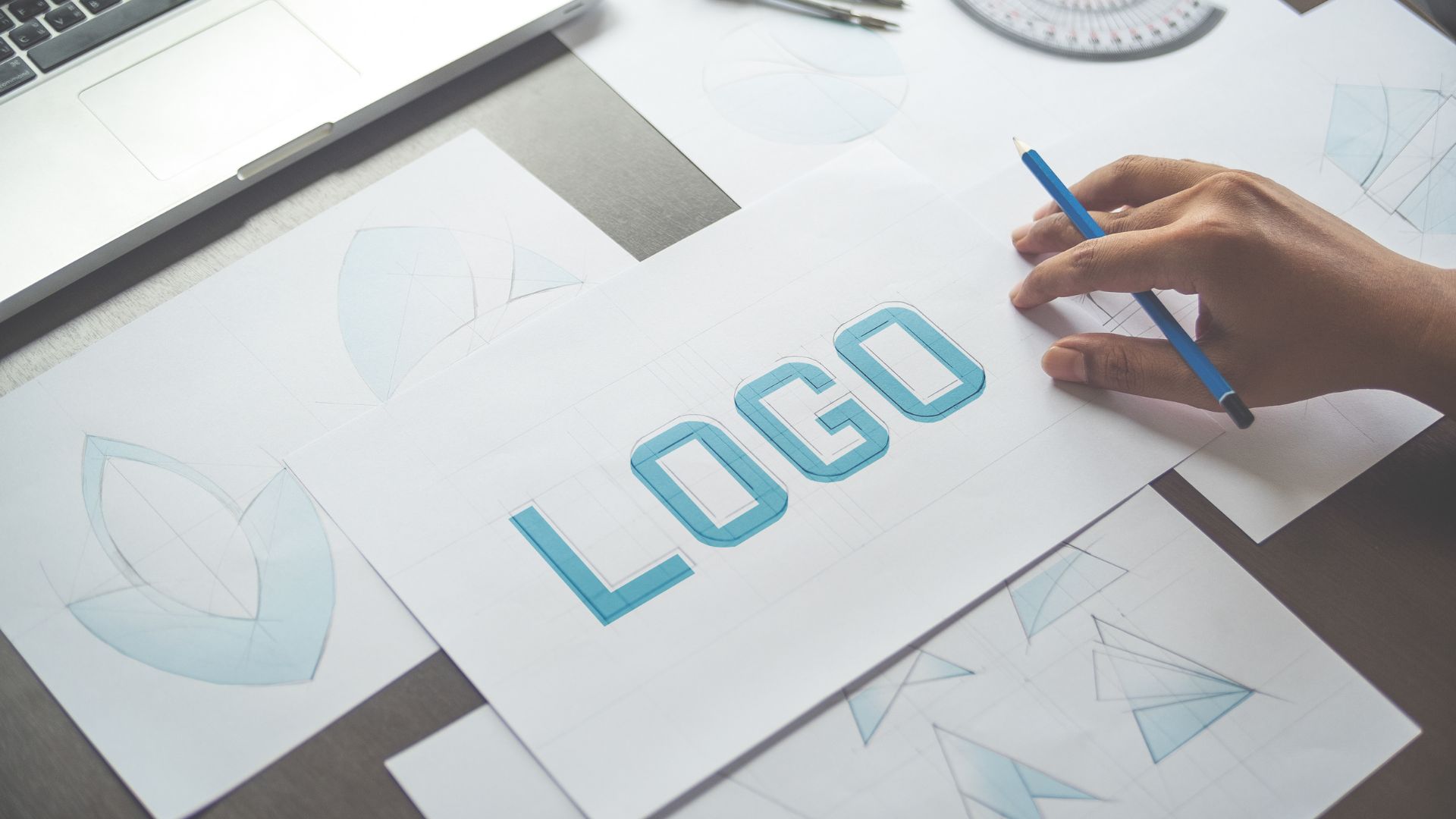
Logos are the visual representation of a brand’s identity, and they play a vital role in leaving a lasting impression on the target audience. A perfect logo not only captures the essence of a brand but also communicates its values and personality effectively. In this article, we will explore the fundamental aspects that contribute to designing a perfect logo that stands out in a competitive market and fosters brand loyalty. Let’s delve into the key elements that make a logo truly exceptional.
What Makes a Perfect Logo?
A perfect logo is more than just a creative design; it is a strategic combination of various elements that work together harmoniously. Below are the essential factors that contribute to the creation of a perfect logo:
1. Simplicity: Embracing Minimalism
In logo design, less is often more. Simplicity allows a logo to be easily recognizable and memorable, making it easier for customers to associate it with the brand it represents. A clean and straightforward design ensures that the message conveyed by the logo is not lost amidst clutter.
2. Timelessness: Enduring Appeal
A perfect logo has a timeless quality that can withstand the test of time. Trends come and go, but a logo that remains relevant over the years fosters a sense of stability and trustworthiness in the minds of consumers.
3. Relevance: Aligning with the Brand
The ideal logo is one that aligns perfectly with the brand’s identity, values, and target audience. Understanding the brand’s essence and purpose is crucial in designing a logo that speaks directly to its intended market.
4. Originality: Standing Out from the Crowd
A logo should be distinctive and original to set the brand apart from its competitors. Creating a unique visual identity helps a brand establish its individuality and build a strong presence in the market.
5. Versatility: Adapting to Various Platforms
A perfect logo is versatile enough to be used across different media and platforms without losing its integrity and visual impact. Whether it appears on a billboard or a social media profile, it remains clear and recognizable.
6. Balance: Harmonizing Visual Elements
Achieving a sense of balance in logo design is crucial. The proper combination of shapes, colors, and typography ensures that the logo appears visually appealing and doesn’t overwhelm the viewer.
7. Memorability: Leaving a Lasting Impression
A memorable logo sticks in the minds of consumers, even after a brief encounter. Logos that are easy to recall contribute to increased brand recall and customer loyalty.
8. Scalability: Maintaining Clarity at Any Size
A perfect logo maintains its clarity and legibility at various sizes, from small favicon icons to large billboard advertisements. This scalability ensures that the logo looks impressive and recognizable in all applications.
9. Color Psychology: Communicating Emotions
Colors evoke emotions and have a psychological impact on viewers. A perfect logo leverages color psychology to evoke the desired emotions and connect with the audience on a deeper level.
10. Time and Research: A Well-Thought-Out Process
Designing a perfect logo is a meticulous process that requires ample time and research. Rushing the process can result in a subpar logo that fails to resonate with the target audience.
11. Storytelling: Conveying a Narrative
An exceptional logo has the power to tell a story about the brand it represents. Whether through subtle symbolism or clever imagery, a logo can communicate the brand’s narrative effectively.
12. Consistency: Maintaining Brand Identity
A perfect logo is part of a larger brand identity system. It should be consistent with the brand’s visual language, reflecting the same tone and style across all touchpoints.
13. Flexibility: Evolving with the Brand
As a brand grows and evolves, so should its logo. A flexible logo design allows for minor updates and adaptations over time without losing its core identity.
14. Negative Space: Embracing Cleverness
Using negative space effectively can add an element of cleverness to a logo. It creates an intriguing visual that engages the audience and sparks curiosity.
15. Adaptability: Staying Relevant in Different Cultures
For global brands, it’s essential to consider cultural nuances when designing a logo. An adaptable logo design ensures it resonates with diverse audiences worldwide.
16. Usability: Applying the Logo Across Media
A perfect logo is designed with practicality in mind. It should be easy to reproduce across various materials, from stationery to promotional merchandise.
17. Professional Design: Seeking Expert Help
Creating a logo that ticks all the boxes requires the expertise of professional graphic designers. Collaborating with design experts ensures a well-crafted and purposeful logo.
18. Focus Groups: Gathering Feedback
Before finalizing a logo, gathering feedback from focus groups or target customers can provide valuable insights. This input helps in fine-tuning the design to better resonate with the audience.
19. Competitor Analysis: Setting the Bar Higher
Analyzing competitors’ logos can inspire innovation and help a brand distinguish itself by offering something unique and fresh.
20. Logo Animations: Adding Dynamic Appeal
In today’s digital world, animated logos have become increasingly popular. Adding subtle animations can bring a logo to life and create a memorable user experience.
21. Evergreen Design: Avoiding Trendy Elements
While trends may seem enticing, they can quickly become outdated. An evergreen design ensures the logo remains relevant and avoids frequent redesigns.
22. Typography: Choosing the Right Font
The font used in a logo conveys a lot about the brand’s personality. Selecting an appropriate typeface that complements the brand’s message is vital.
23. Target Audience Research: Understanding Preferences
Understanding the preferences and demographics of the target audience helps in tailoring the logo to resonate with the right people.
24. Minimal Color Palette: Emphasizing Cohesion
Limiting the color palette to a few well-chosen hues enhances the logo’s visual appeal and ensures a cohesive brand image.
25. Testing: Validating Effectiveness
Testing the logo on different mediums and applications validates its effectiveness and ensures it meets its intended purpose.



